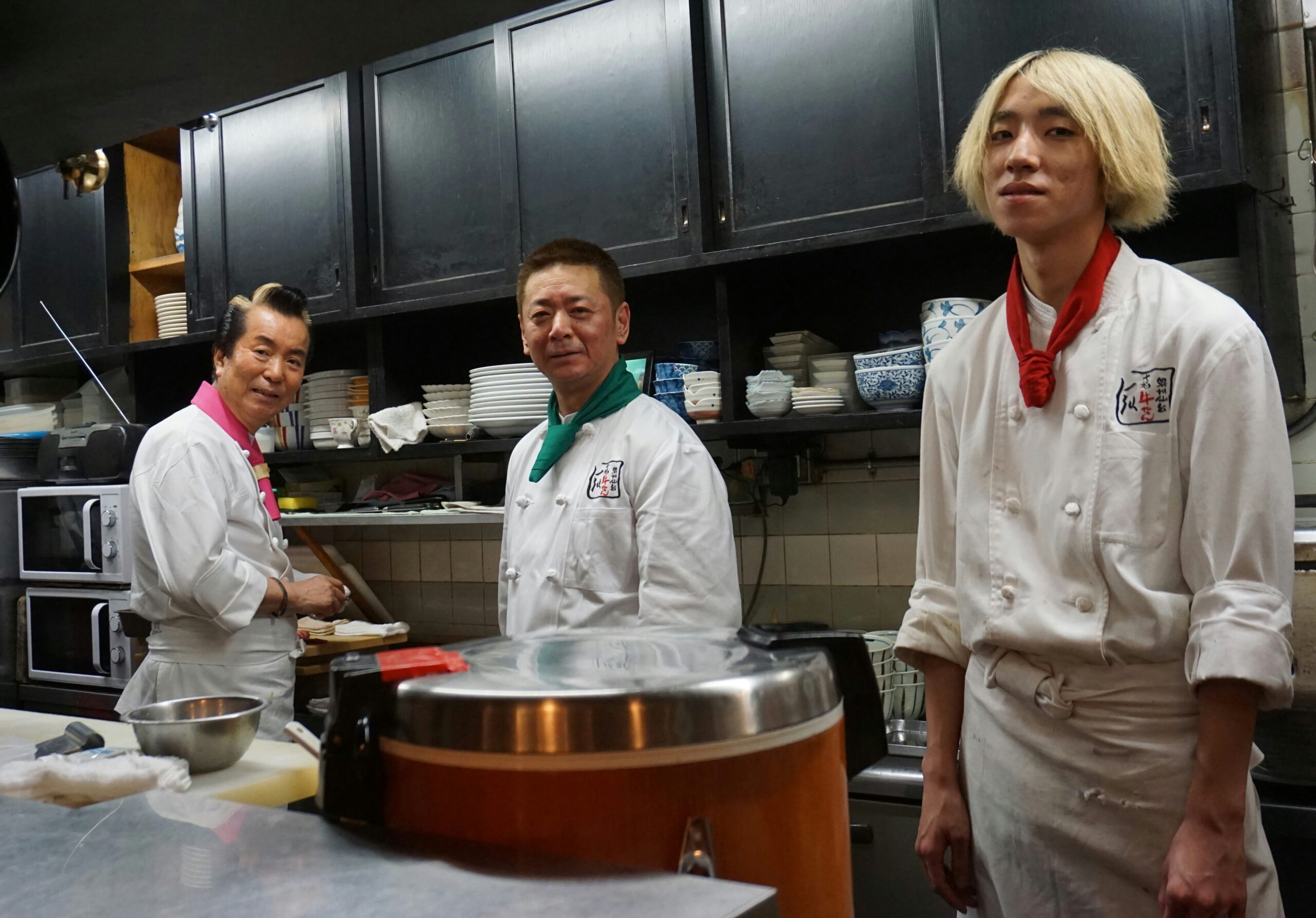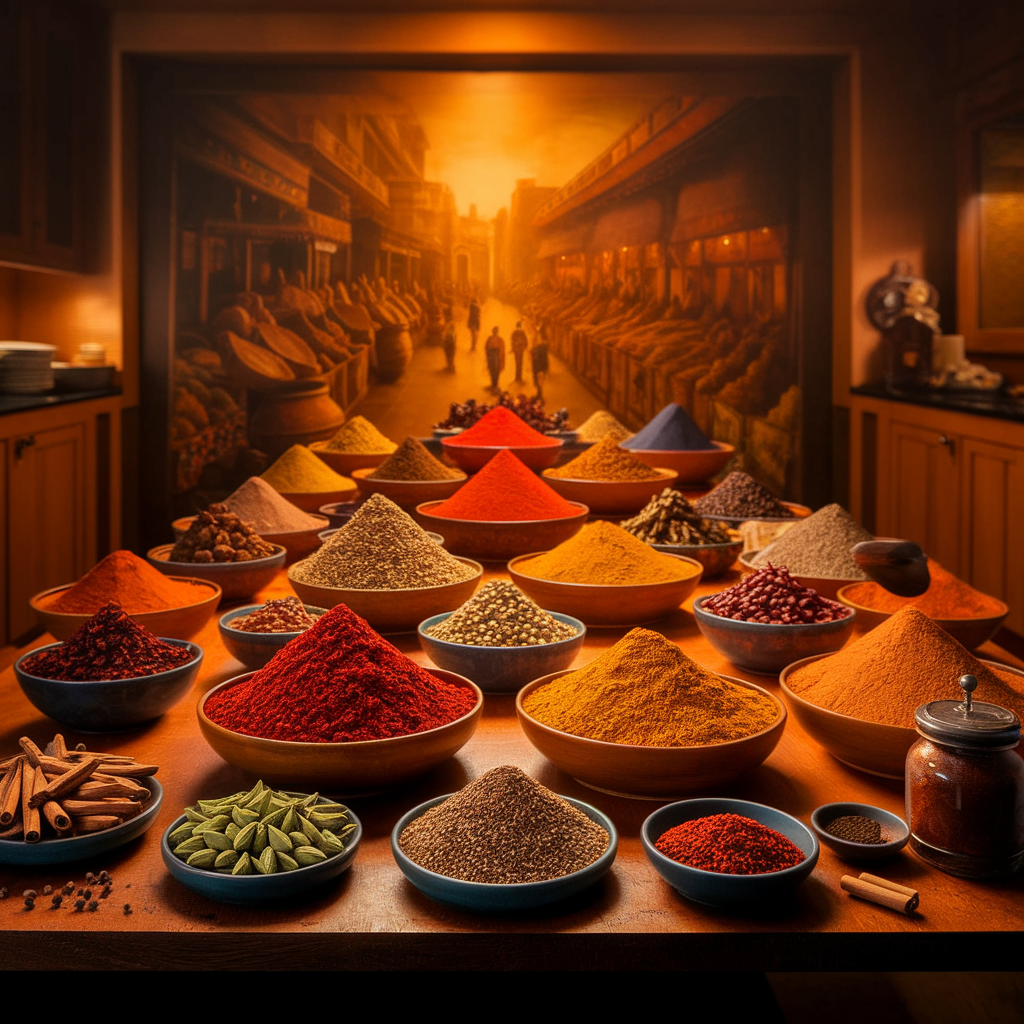Savoring the World One Bite at a Time with Global Cuisine Adventures
In a world bustling with cultural exchanges and culinary fusions, it’s easy to feel overwhelmed by the sheer variety of global cuisines available to us. The aroma of spices wafting through the air, the vibrant colors of fresh ingredients, and the rich history behind every dish tell stories that transcend borders. For many, food isn’t just sustenance; it represents a journey through different cultures, a passport that opens doors to new experiences without ever leaving your hometown. So, how does one embark on such a tantalizing adventure? Let’s unravel the tapestry of global cuisine, one delicious bite at a time.
The Allure of Global Flavors
Food has a remarkable ability to evoke memories and emotions. I recall my first taste of authentic Pad Thai in a small restaurant tucked away in a Bangkok alley. The sweet, tangy sauce coated the rice noodles perfectly, and the crunch of peanuts added an unexpected texture that danced on my palate. It struck me then—food is not merely about taste; it’s about sensory experiences that connect us to places beyond our immediate surroundings.
Consider the way different cultures utilize spices and cooking techniques. For example, Indian cuisine is renowned for its intricate use of spices, often preparing dishes that require hours of careful crafting. In stark contrast, Japanese cuisine emphasizes simplicity and presentation, where the freshness of ingredients takes center stage. These differences spark curiosity and encourage culinary enthusiasts to explore the world through their taste buds.
Embarking on a Culinary Journey
So, where do you begin your global cuisine adventure? It starts with an open mind and a willingness to step out of your culinary comfort zone. Here are some tips to help you navigate this flavorful expedition:
- Explore local markets: Farmers’ markets and international grocery stores are treasure troves of ingredients that can inspire your cooking.
- Attend food festivals: These events often celebrate diverse cuisines, providing a unique opportunity to sample dishes from around the world.
- Take cooking classes: Learning from chefs who specialize in a particular cuisine can provide invaluable insights and techniques.
- Travel (when possible): If you have the chance, visiting different countries allows you to experience food in its cultural context.
Regional Delights: A Closer Look
As we venture deeper into global cuisine, let’s take a closer look at some of the most celebrated regional dishes. Each dish tells a story of its origin, reflecting the land, climate, and the people who created it.
Italian Cuisine: A Symphony of Flavors
Italian food is synonymous with comfort and indulgence. Who can resist a warm bowl of pasta? The beauty of Italian cuisine lies in its simplicity—fresh ingredients, quality olive oil, and a sprinkle of herbs. Classic dishes like Risotto alla Milanese, with its creamy texture and saffron notes, are a testament to the Italian philosophy of savoring every bite. It’s about enjoying the meal, not just consuming it.
Mexican Cuisine: A Fiesta of Colors
Mexican food is vibrant, bold, and often spicy! From tacos to tamales, the flavors burst with life. I remember a trip to Oaxaca, where I learned to make mole from scratch. The blend of chocolate, spices, and chili peppers created a complex flavor profile that was nothing short of divine. And let’s not forget the importance of family in Mexican culture; meals are often a communal affair, where stories are shared over plates of delicious food.
Thai Cuisine: A Balancing Act
Thai cooking is a delicate balancing act of sweet, sour, salty, and spicy. Dishes like Tom Yum soup encapsulate this harmony, offering a symphony of flavors with every slurp. A friend once told me that the secret to great Thai food lies in the freshness of the ingredients. Whether it’s aromatic herbs or vibrant vegetables, the essence of the dish hinges on quality.
Fusion Cuisine: The Best of Both Worlds
In recent years, fusion cuisine has gained popularity, blending traditional elements from different cultures to create innovative dishes. Think Korean BBQ tacos or sushi burritos. While some purists may frown upon the mixing of culinary traditions, others embrace it as a creative expression of global interconnectedness. After all, food evolves, just like us.
Balancing Tradition and Innovation
As I explored various fusion food trends, I couldn’t help but marvel at how chefs push the envelope. The challenge lies in respecting the essence of each cuisine while creating something entirely new. A chef I met in Portland once remarked, “Cooking is like jazz—improvisation is key!” And he was spot on. The best fusion dishes often happen when chefs allow their creativity to flow while paying homage to their culinary roots.
The Role of Food in Cultural Exchange
Food has always been a vessel for cultural exchange. It’s fascinating to see how immigration has shaped the culinary landscape in many countries. Take the vibrant neighborhoods of cities like New York or London, where you can find authentic dishes from every corner of the globe. These culinary hubs offer a glimpse into the melting pot of cultures that define our modern world.
A Taste of Home Away from Home
For many immigrants, food plays a crucial role in maintaining their cultural identity. I remember chatting with a Syrian refugee who opened a small café in my hometown. His dishes were filled with spices reminiscent of his childhood, each bite telling a story of resilience and hope. He mentioned how sharing his food helped him connect with the local community, bridging cultural divides through the universal language of taste.
The Science of Flavor: What Makes Us Crave Certain Dishes?
Ever wondered why certain flavors evoke nostalgia? Or why we crave specific foods at different times? The science of flavor is complex, but it boils down to our sensory experiences and personal memories. Studies suggest that our taste buds can recall flavors associated with significant life events.
Emotions and Food: A Deep Connection
It’s not unusual for someone to feel a rush of happiness upon biting into a dish reminiscent of their grandmother’s cooking. The mere scent of cinnamon might transport you back to holiday gatherings, while the taste of a particular spice can evoke memories from a far-off land. This emotional connection to food is what makes global cuisine adventures so enriching.
Cooking at Home: A Global Experience
Of course, you don’t have to travel the world to embark on a culinary adventure. With a few fresh ingredients and a well-curated recipe book, you can bring global flavors into your kitchen. Personally, I’ve found that trying out new recipes is like opening a time capsule; you never know what delightful surprises await.
Simple Recipes to Get Started
Here are a few simple recipes that can introduce you to global flavors:
- Chana Masala: A hearty Indian chickpea curry, perfect for a weeknight dinner.
- Pad See Ew: A Thai stir-fried noodle dish that’s both comforting and delicious.
- Goulash: A Hungarian stew made with tender meat and paprika, great for warming up on cold nights.
- Falafel: These crispy chickpea balls are a Middle Eastern delight, and they’re surprisingly easy to make!
Embracing Culinary Diversity
As our culinary journey unfolds, it becomes clear that embracing diversity in food can lead to greater understanding and appreciation of cultures. When we experience the world through its flavors, we cultivate a sense of empathy and connection.
Food for Thought: The Future of Global Cuisine
Looking ahead, the landscape of global cuisine will continue to evolve. As technology advances and cultures intermingle at an unprecedented rate, we can expect to see new trends emerge. Sustainable and organic practices are becoming increasingly important, with many chefs prioritizing local sourcing and eco-friendly ingredients.
As I ponder the future of cuisine, I can’t help but feel excited. Will we see the rise of new culinary superstars? Perhaps a plant-based version of traditional dishes that honors their roots while adapting to modern diets? Only time will tell, but one thing remains certain—food will always be a source of joy, adventure, and connection.
In Conclusion: A World of Flavors Awaits
Exploring global cuisine is like embarking on a never-ending adventure filled with rich flavors, vibrant cultures, and unforgettable experiences. Whether you’re indulging in a bowl of ramen, savoring a slice of Neapolitan pizza, or enjoying a plate of aromatic biryani, each dish offers a glimpse into the heart of a culture.
So, the next time you find yourself at a restaurant, or even in your own kitchen, remember that you hold the power to transport yourself across the globe with just one bite. Savor it, relish it, and above all, enjoy the journey. After all, who knew that a simple meal could hold the key to understanding the world?




